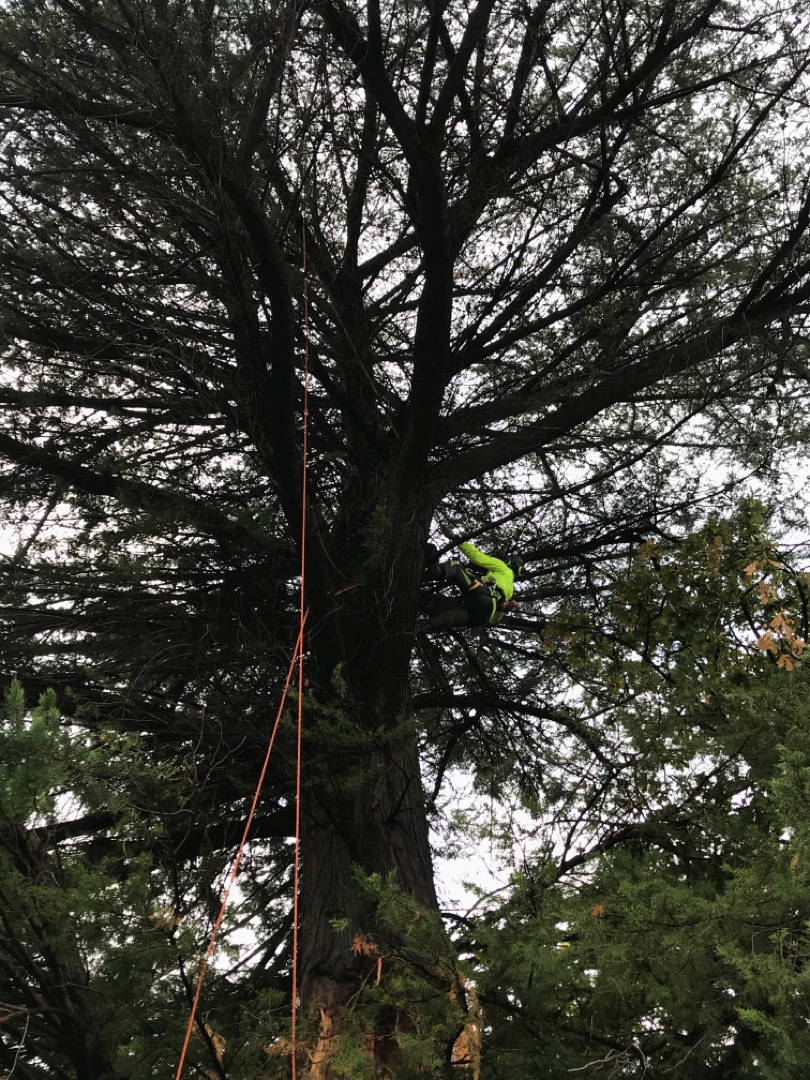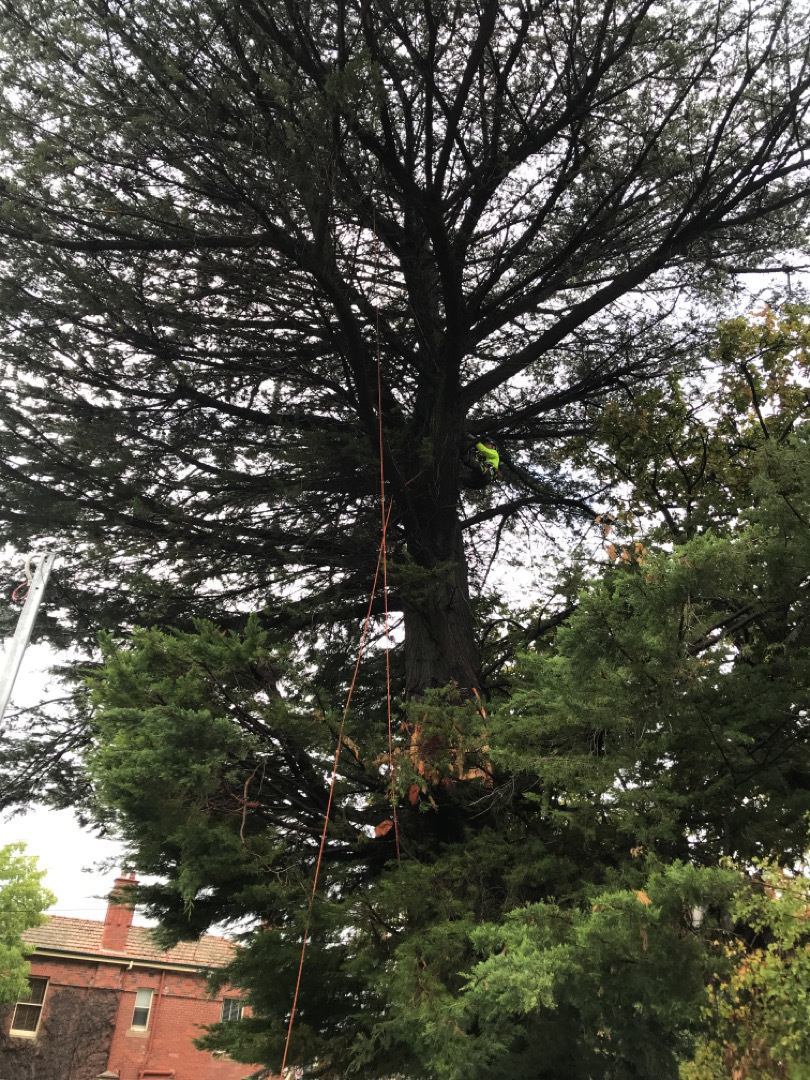Visual Tree Assessment (VTA)
Most types of hazards that can occur in a tree can be detected from external visual assessments. A visual tree assessment (VTA) is a recognised and common method that is used to assess a tree’s health and condition based on the Axiom of uniform stress, which states that a tree will configure its secondary growth so that the stresses are distributed evenly (Mattheck & Breloer 1994).
An arborist that is experienced in the VTA method will observe and diagnose signs of a tree’s external response to potential hazards such as cracks, decay, physical damage, adverse growing conditions, and other growth-related defects.
Aerial vs. ground based Visual Tree Assessments
A VTA can be completed either from the ground, or aerially. The choice of which method is applied can depend on many factors such as the site condition or limitations, the size, location and condition of the tree, and the purpose of the assessment.
Also, aerial assessments can be expensive and time-consuming, and they may not always be necessary or practical. For smaller trees or trees in areas with limited access, ground-based assessments may be more appropriate.
Ground based assessments
The arborist should have access to the tree from all angles to successfully undertake a ground based VTA. The tree should be assessed from a distance and from up close. All aspects of the tree should be assessed, beginning at the root area, and finishing at the extremities of the canopy. Often, and depending on the size of the tree, a forestry scope or binoculars will be used to assess the canopy.
Ground based VTAs can be undertaken on individual trees or large groups of trees. The advantage of a ground-based assessment is that it is usually faster and less expensive than aerial inspections. The disadvantage, however, is that some parts of the tree may not be able to be seen from the ground, i.e., the condition of unions higher in the canopy.
Aerial assessments
An aerial VTA incorporates all the aspects of the ground-based assessment with the added advantage of closely assessing the unions, branches, and foliage in the upper canopy. This is particularly useful for large or tall trees, or trees with a history of failures.
Aerial inspections can be undertaken by climbing the tree (fig. 1 & 2), using an elevated work platform (EWP), or specialised equipment such as drones.
Climbing
The advantage of climbing is that all parts of tree are usually accessible, and the assessor can get close to the parts of tree and provide a more accurate assessment. The disadvantage is that this method is inappropriate if the tree is potentially unsafe to climb.

Fig 1. An aerial VTA lends an arborist the ability to closely assess the unions, branches, and foliage in the upper canopy.

Fig 2. Aerial inspections can be undertaken by climbing the tree, using an elevated work platform (EWP), or specialised equipment such as drones.
EWP
EWPs are a great option for aerial assessments when a tree is potentially unsafe to climb. EWPs come in may sizes and configuration, however, consideration of site limitations will need to be considered to ensure the machine is appropriate. There is also the potential that not every part of the tree will be able to be accessed due to the configuration of the machine. This type of assessment can also be expensive if specialised machinery is needed.
Drones
Drones can be used regardless of the tree or site conditions (not counting weather conditions); however, some parts of the tree may be too dense for complete access. This option means that photos can be taken from angles that are not visible from the ground, however, the tree cannot be physically accessed, which is often very useful in a VTA.
Conclusion
In conclusion, both aerial arboriculture assessments and ground-based assessments have their advantages and disadvantages, and the choice of method should be based on the specific needs and conditions of the site. A combination of both methods may also be used for a more comprehensive evaluation of the trees.
If you’d like to learn more about the Visual Tree Inspection process, we’d be happy to answer any questions you may have. Contact us here.
Reference:
Mattheck, C, Breloer, H 1994, The body language of trees: a handbook for failure analysis: Research for Amenity Trees No.4, 8th impression, HMSO, London.

Blog written by Mark Fahy
Mark has a diploma in arboriculture (AQF level 5) and is a registered Quantitative Tree Risk (QTRA) assessor. He has been an arborist for over 10 years and is passionate about trees. He is committed to providing evidence-based solutions and thorough reports to clients. Mark is specifically enthusiastic about living with trees in the ever-changing urban environment.
